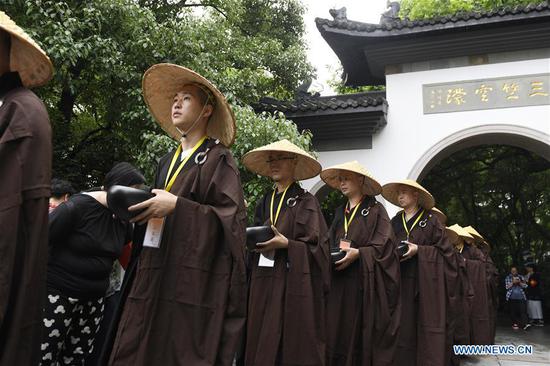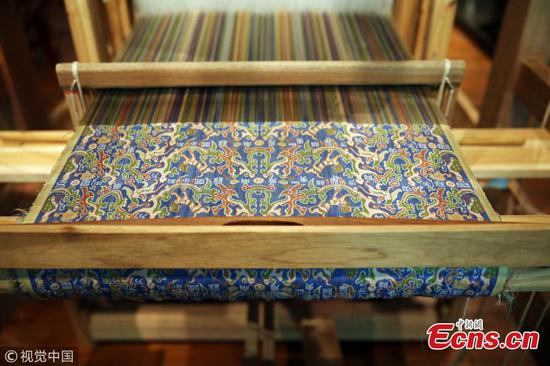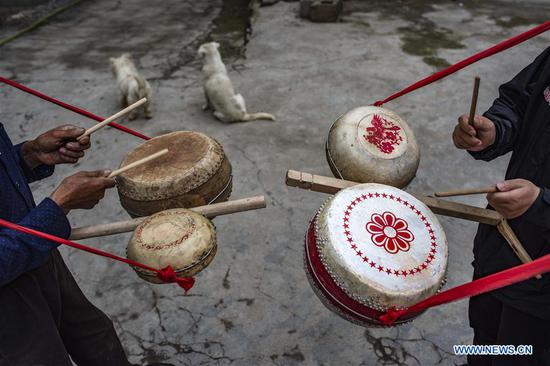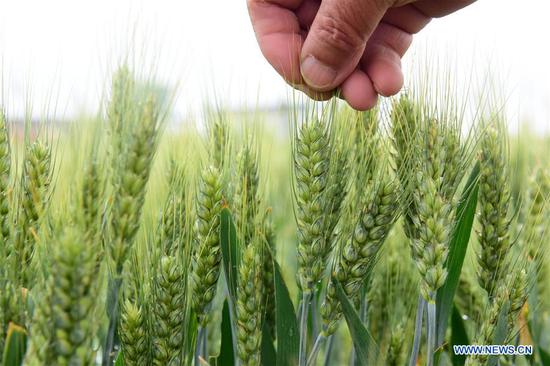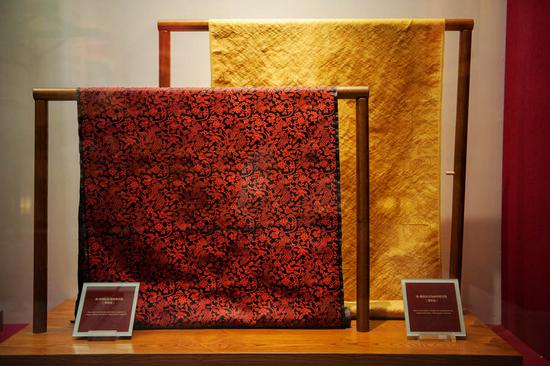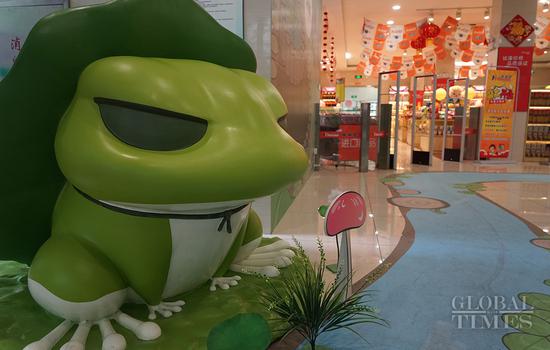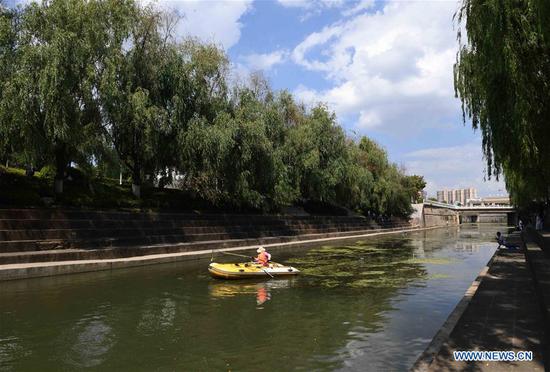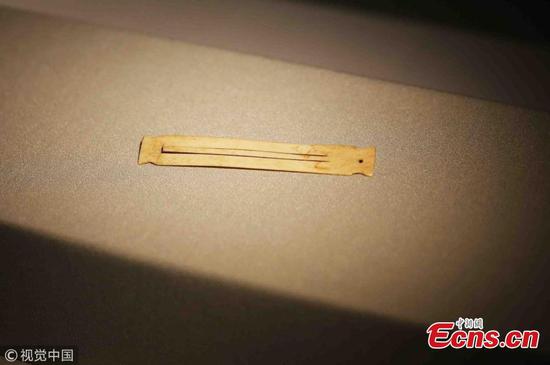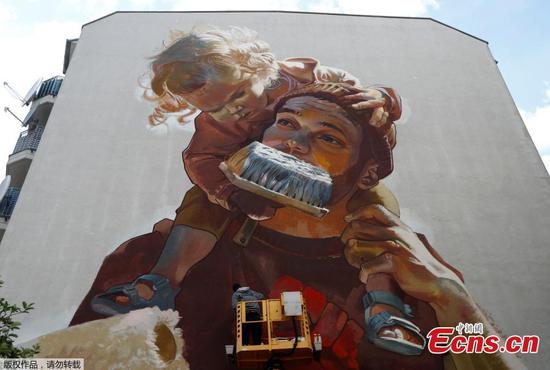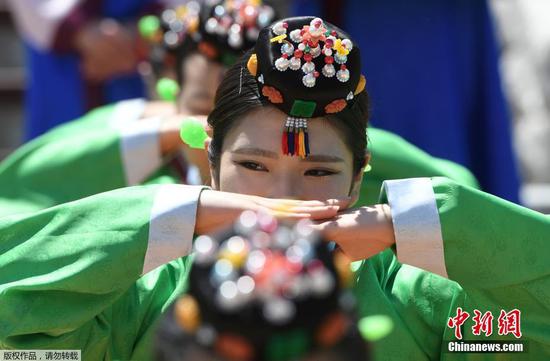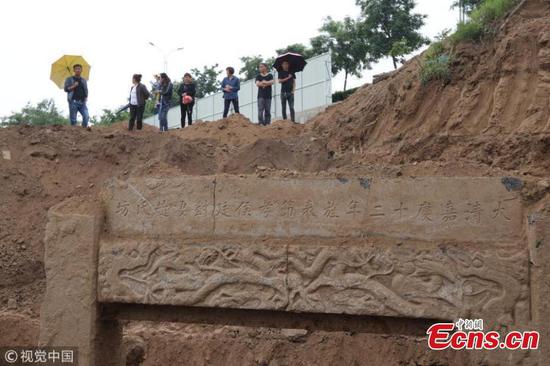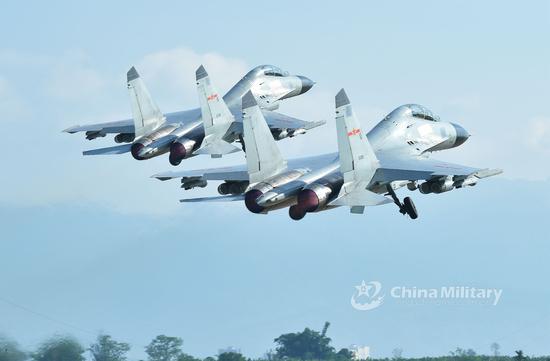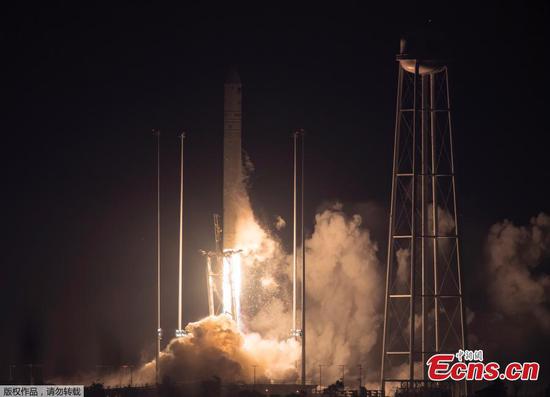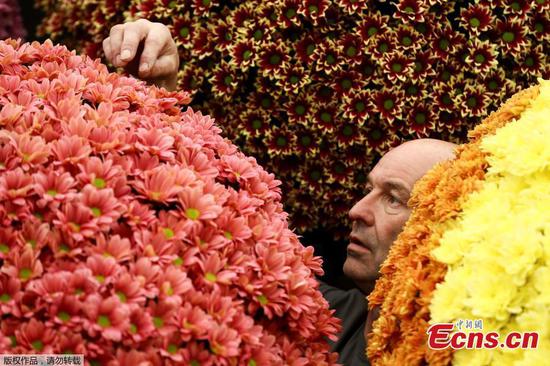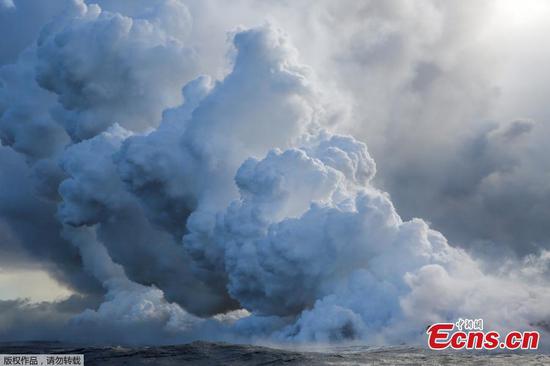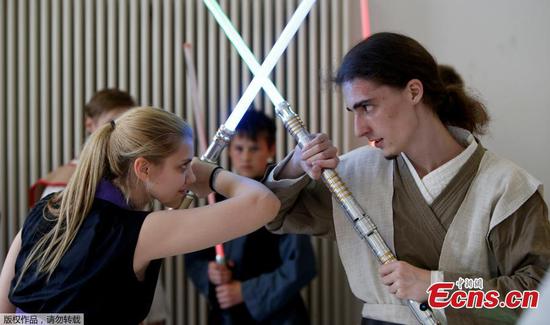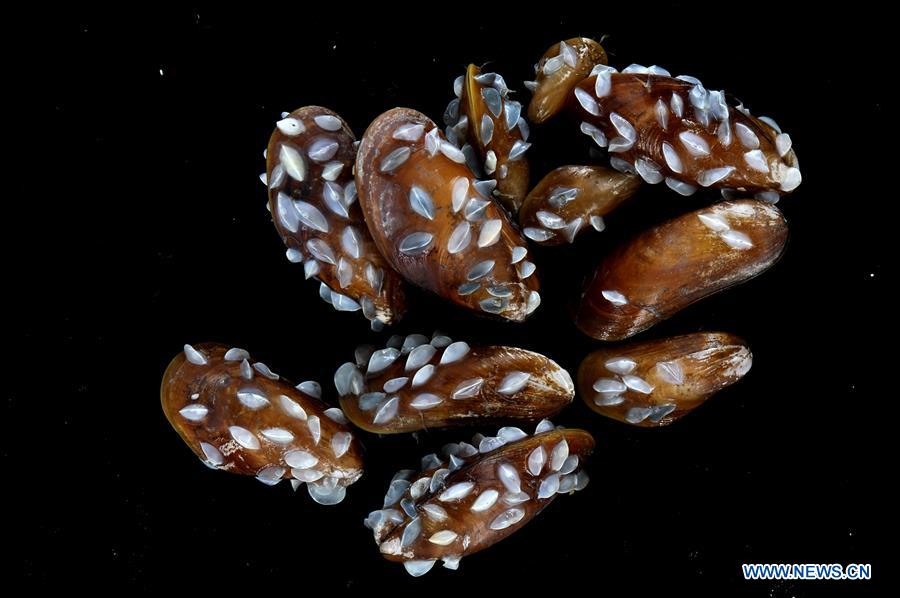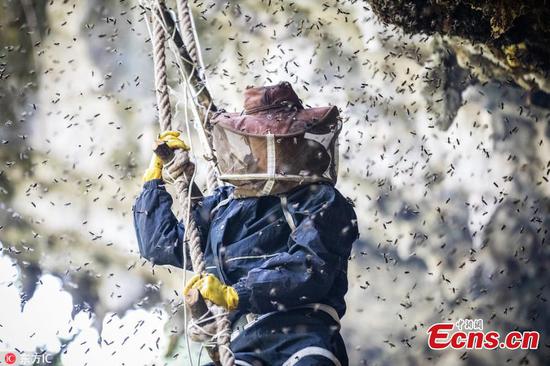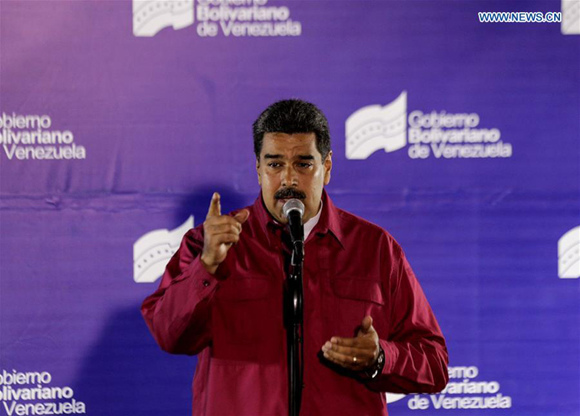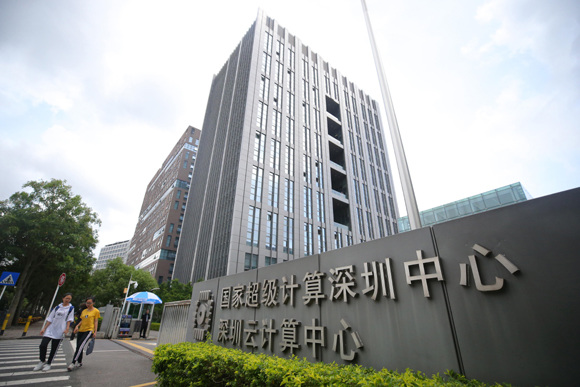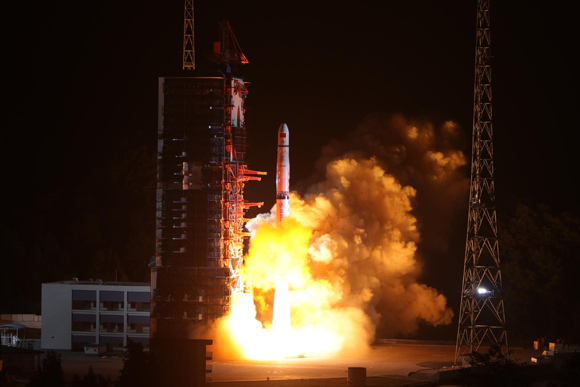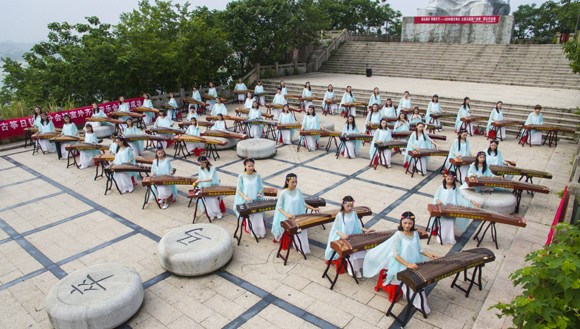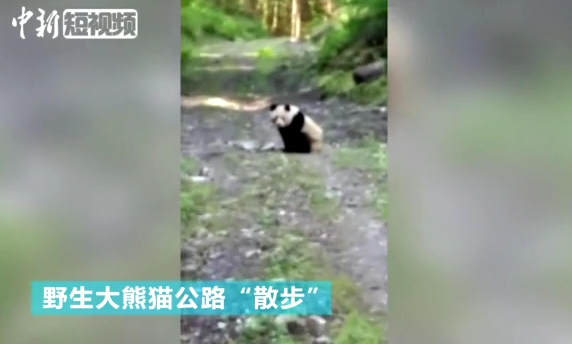Zhao Kangmin, the archaeologist who first identified China's famous Terracotta Army as invaluable historical relics, passed away on May 16 at the age of 82.
The Terracotta Army is a collection of sculptures depicting the armies of Qin Shi Huang, the first Emperor of China. They were originally buried in the emperor's mausoleum for the purpose of protecting Qin Shi Huang in the afterlife.
Major discovery
The discovery of the Terracotta Army can be traced back to 1974, when six workers in Xiyang Village, Lintong county, Northwest China's Shaanxi Province were tasked with digging eight wells during a drought. Although they didn't know it at the time, the first well they began digging was above the eastern side of the buried Mausoleum of the First Qin Emperor. As they dug they found it increasingly difficult to continue the deeper they went. Upon reaching three meters below the surface, they discovered that the clay they were digging up had a noticeable red tinge to it. Archeologists now know that this was a sign that they had found an ancient burial ground as the red came from the bricks that were usually used in royal tombs.
However, since none of the workers were aware of this fact, they kept digging. After another meter, they came across a large round item that they soon realized was the head of a life-sized pottery statue.
Curiosity drove the workers to unearth the rest of the statue, which they thought was a bodhisattva figure like those that are commonly seen in Buddhist temples.
News of the discovery soon spread among local residents, one of whom told Zhao Kangmin, the curator of the local culture center. After heading to the well and seeing the figure, he realized that it was possible a terracotta work dating from the Qin Dynasty (221-206 BC).
"At around 4 pm on April 26, the site was cleaned up and all the unearthed relics were sent to the local culture center on three trucks. I cleaned and classified the relics throughout the night. The next day, I began reassembling the broken pieces using an epoxy resin glue and plaster. In this way I was finally able to restore two terracotta warriors," Zhao wrote in his diary at the time.
According to Zhao's diary, he worked on these relics for nearly two months. He didn't notify the local government during this time as he intended to finish the restoration of all the unearthed relics before he shocked the world with his discovery.
However, his plans didn't come to fruition since in June of 1974, a journalist from the Xinhua News Agency named Lin Anwen who was returning to his hometown for a vacation came across the repaired terracotta statues in the local cultural center. Upon returning to Beijing, Lin wrote an article about the statues, revealing the existence of the warriors to the public.
A month after the news, the Archaeological Department of Shaanxi Province began excavating the site. Through the joint efforts of local archaeologists and teachers and students from Northwest University's archaeology department by September, 15, 500 terracotta warriors had been unearthed from the 960-square-meter site, as well as 24 pottery horses, wooden chariots and several bronze weapons.
As work continued over the years, archaeologists have discovered a basement area measure some 230 meters long and 62 meters wide containing more than 6,000 pottery horses, dozens of chariots and more than 100,000 bronze weapons.
In August of 1975, the State Council decided to build a Terracotta Army museum, which opened to the public in October 1979. The museum, more than 2,000 square meters in size, encompassed the five sites that had been unearthed by that point.
Since then two more sites have been discovered in the northern part of the original site. These were opened to the public in 1995.
Zhao dedicated his life to the study of this archaeological wonder. In 1990, he was officially recognized by the State Council as an expert who has made outstanding contributions to his field.
"As a grassroots archaeologist, I am honored to have participated in the identification, restoration and the excavation of the Terracotta Army, which currently has been recognized as the eighth miracle of the world," Zhao once wrote.













